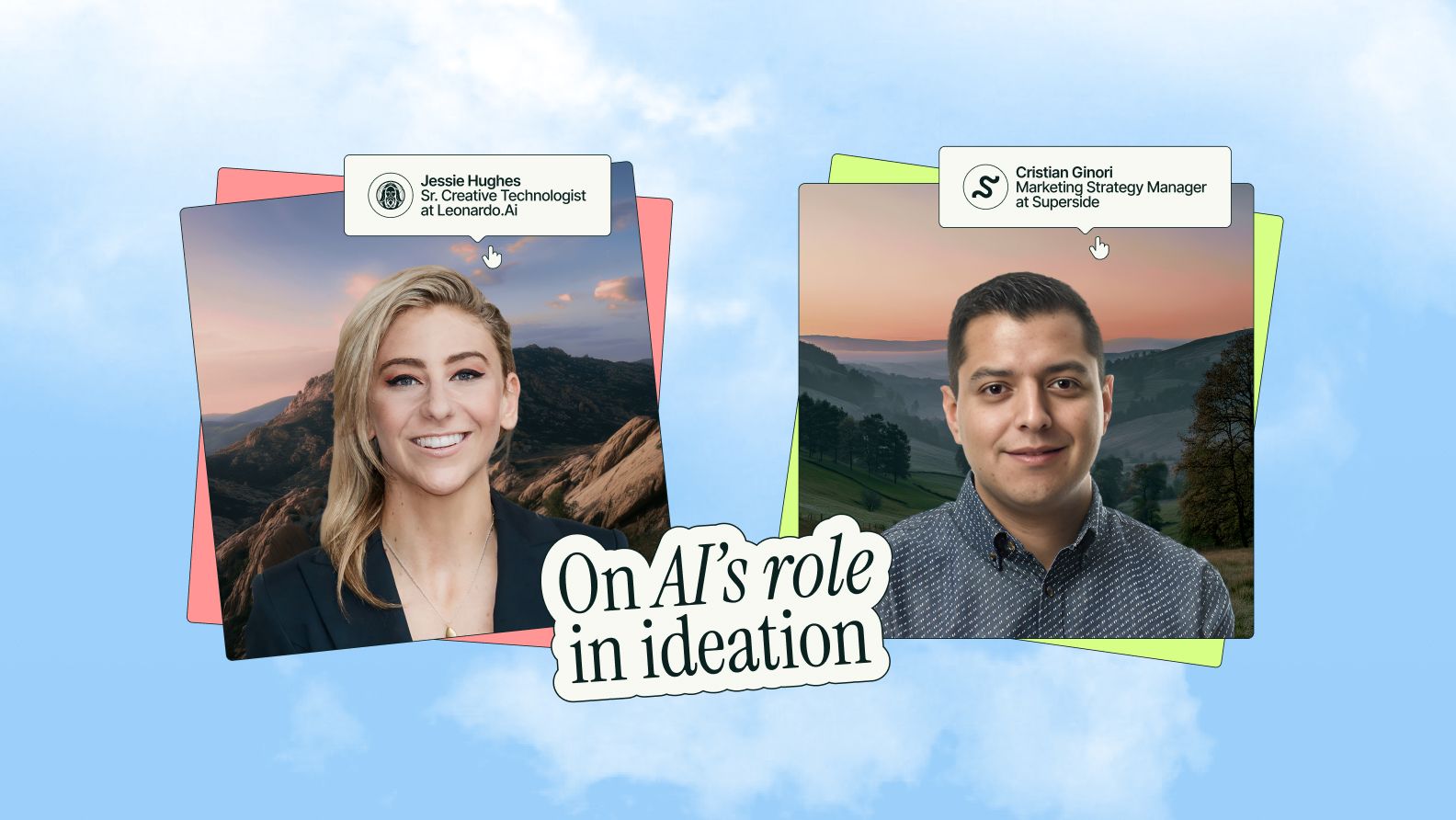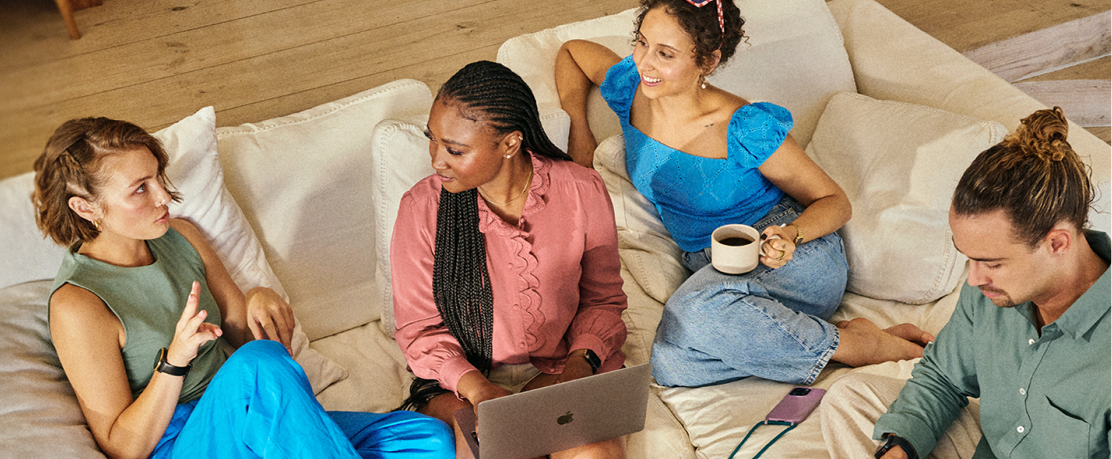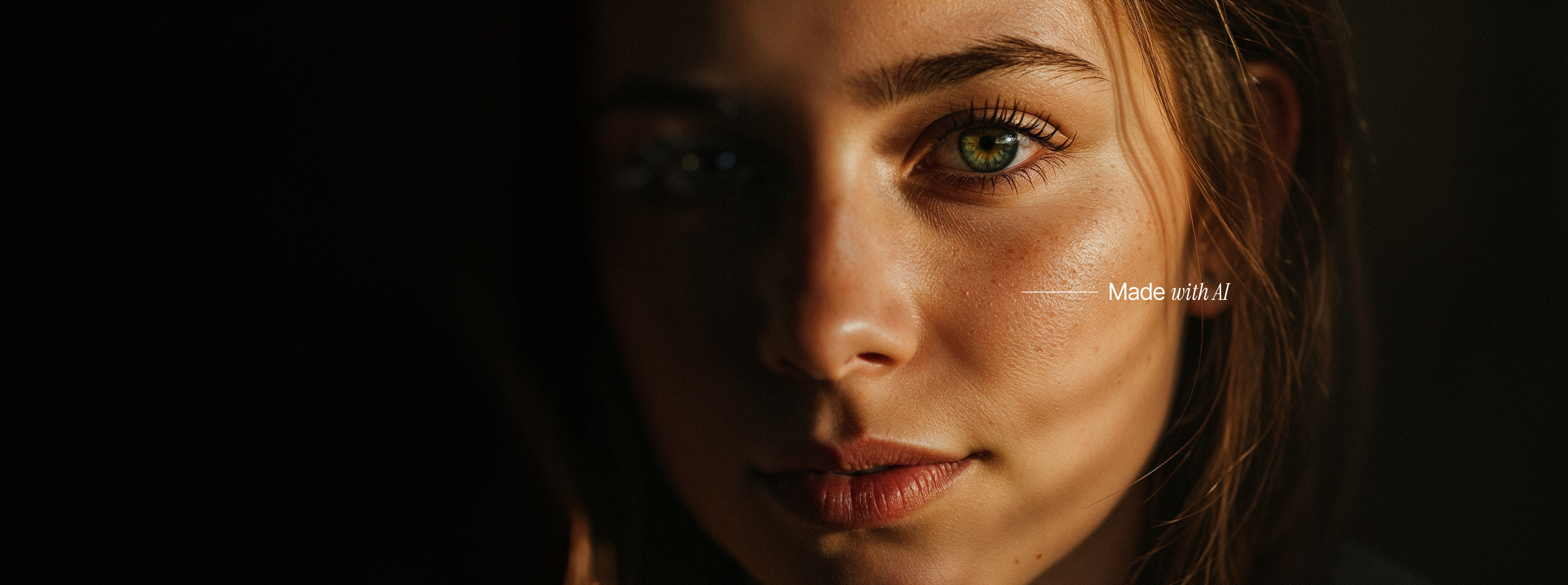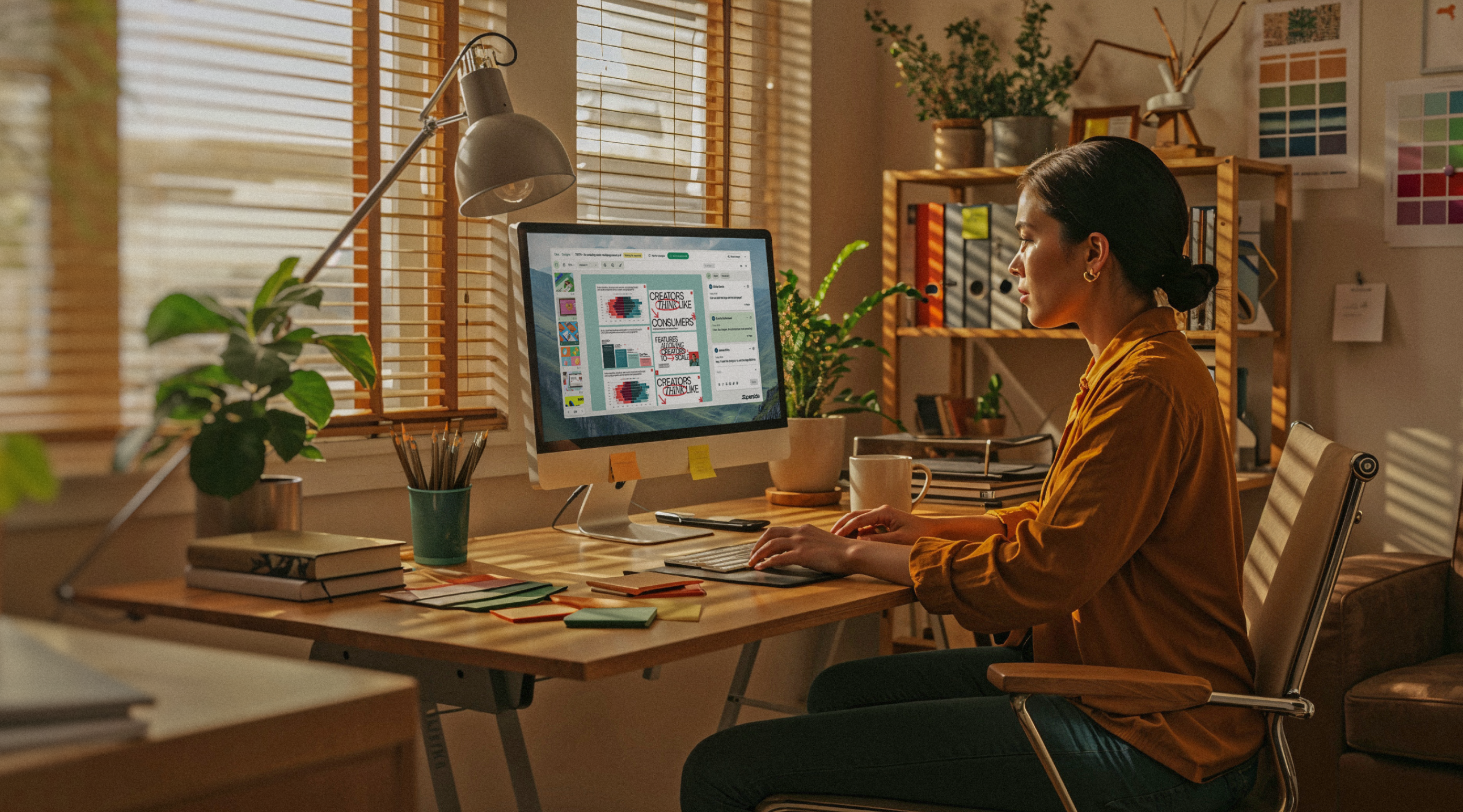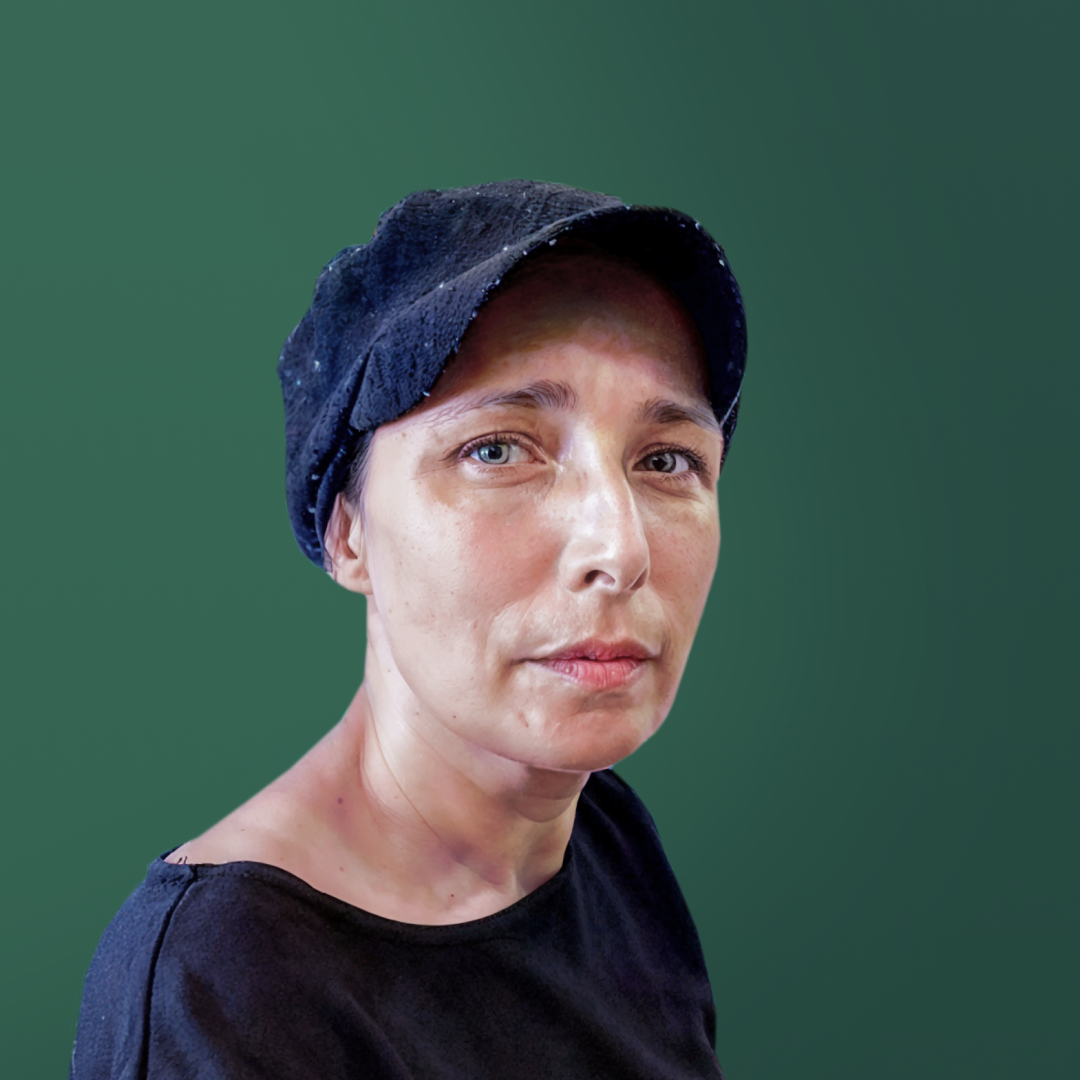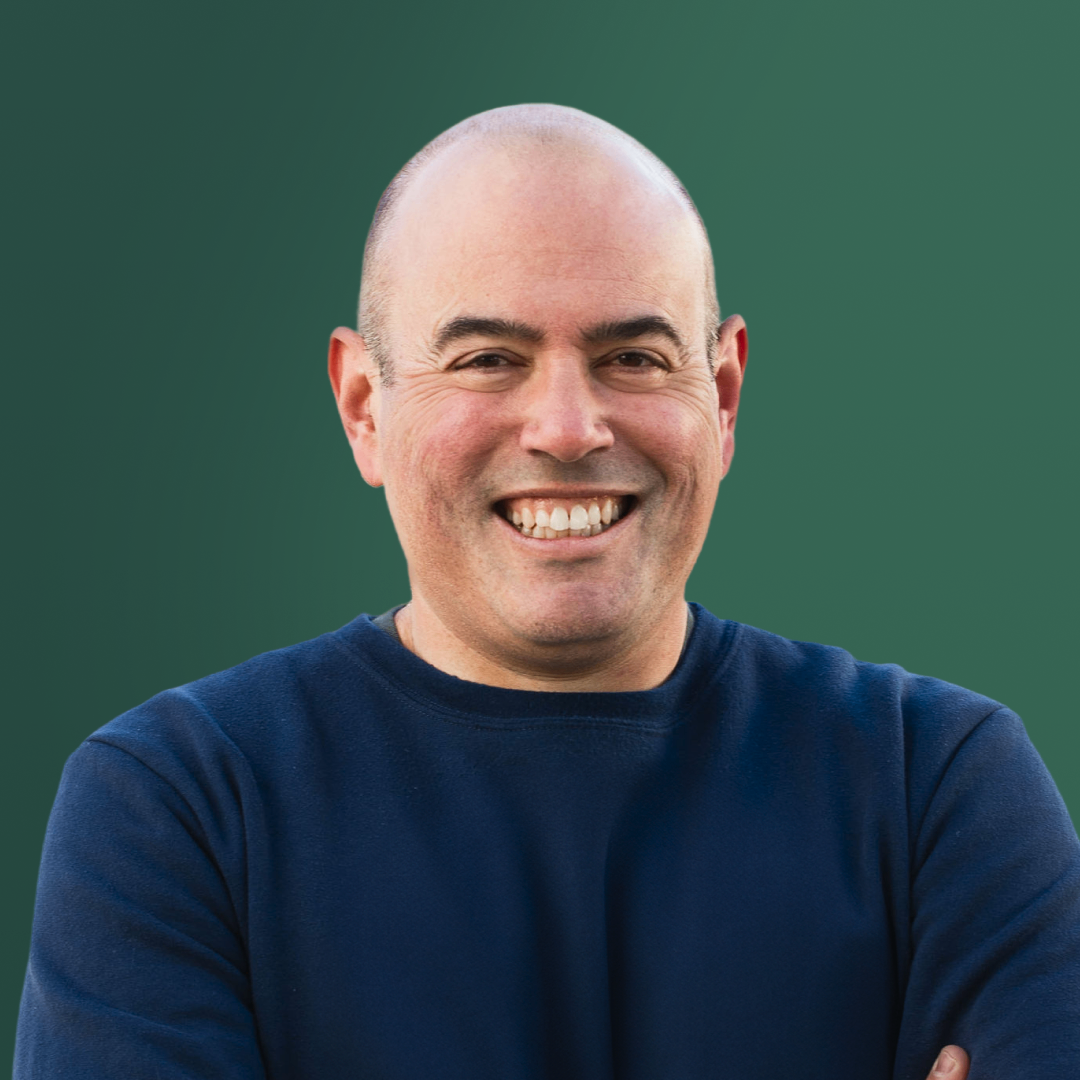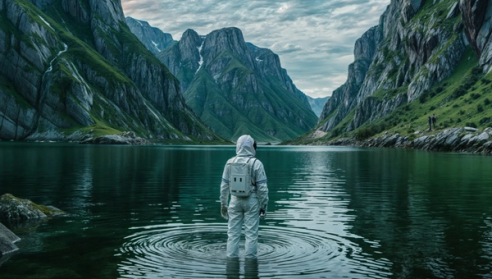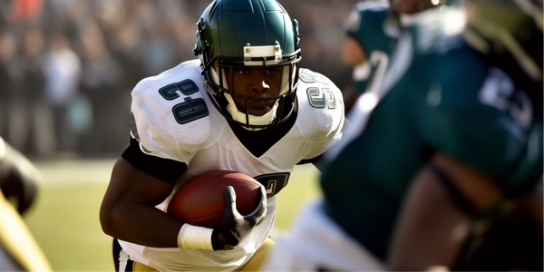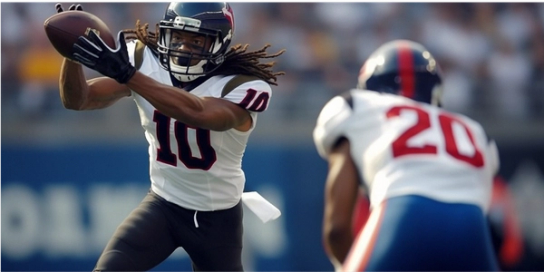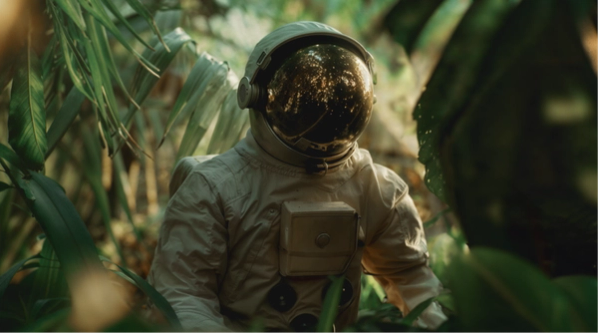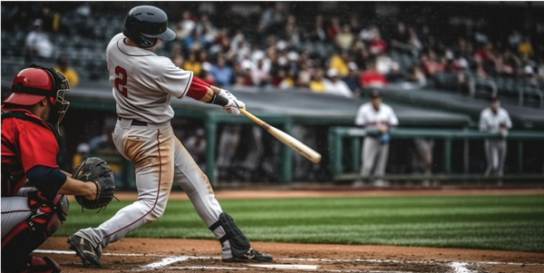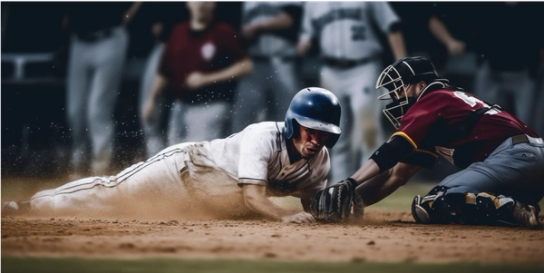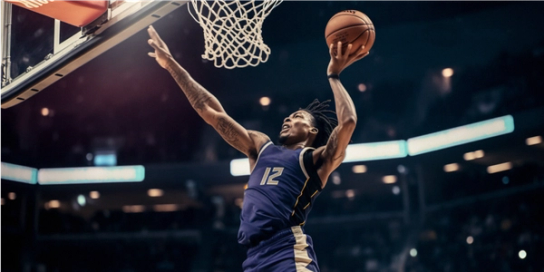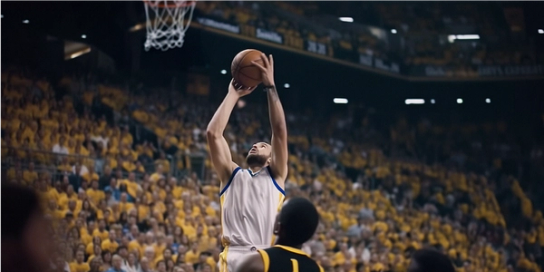Beyond the Brief: Developing AI-Generated Photorealistic Images

Picture this: SmartNews wanted close-up visuals depicting various sporting events to make their digital banners more eye-catching and engaging. The first thought was stock photography, but it wouldn’t click for this use case. Could AI-generated photorealistic images be the answer? Let’s find out.
“A picture's worth a thousand words.” When advertising executive Fred R. Barnard coined this phrase in the 1920s, he probably wasn’t thinking about sports. But 100 years later, sports photography has created timeless images that connect us across sports, languages, cultures and borders.
From Muhammad Ali standing triumphantly over Sonny Liston to Brandi Chastain celebrating her 1999 FIFA Women's World Cup final winning penalty kick, these captured moments in time inspire future generations of athletes and fans.
This connection through photography was top-of-mind for the team at Tokyo-based SmartNews when they came to us with a campaign that required captivating close-up visuals depicting various sporting events.
Stock photography couldn’t deliver, but could AI? Ben Martinez, Senior AI Project Manager at Superside, says it was a challenge built for AI-powered creative services.
The Brief: Create a Library of AI-Generated Photorealistic Images
SmartNews needed on-brand images, and they needed a lot of them. We wanted to show that AI-generated photorealistic images were the right answer.
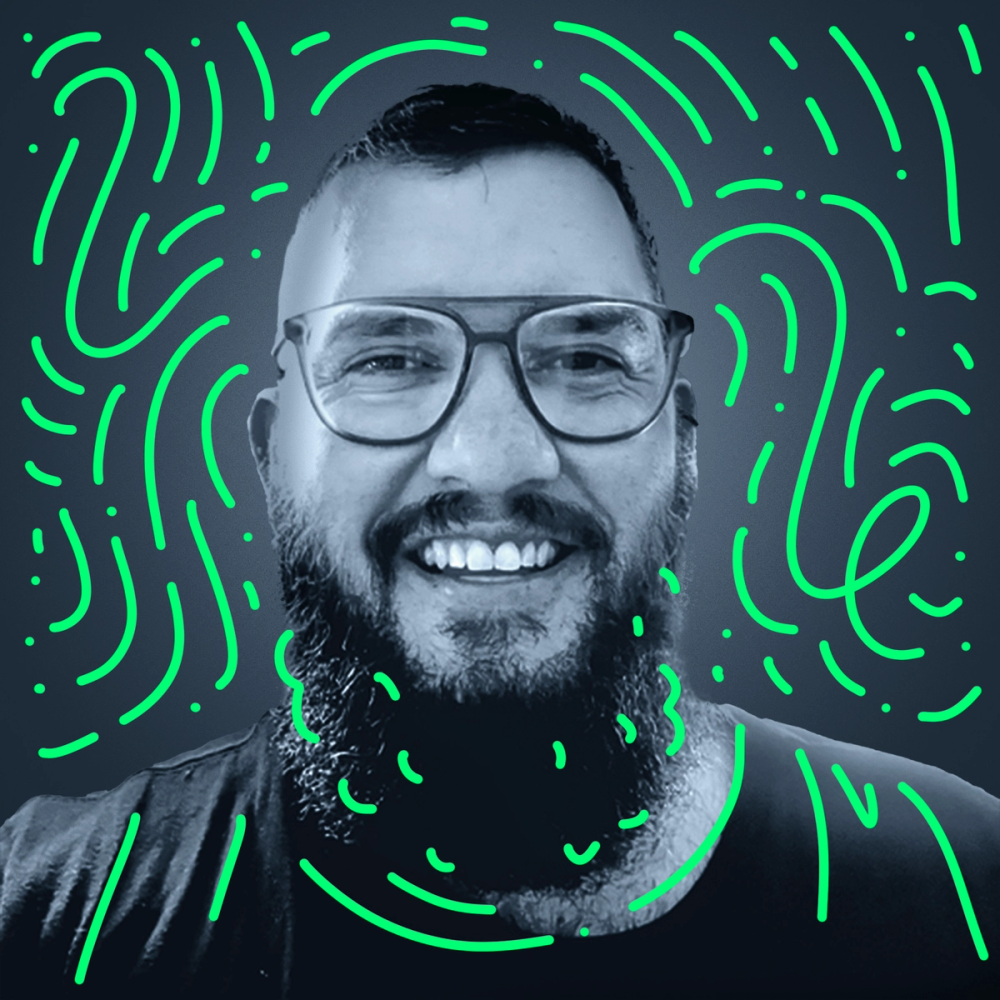
Launched in 2012 in Japan, SmartNews has become a leading go-to news aggregation app. It brings curated content from multiple sources to audiences in the United States, Japan, the United Kingdom, Canada, India and Australia.
SmartNews came to us with a bold vision for a new campaign. Its goal was to elevate its digital banners by incorporating captivating close-ups of sports events, including football (the American one), football (the real one everyone else plays) and basketball.
We’ve worked on over 500 AI-generated projects and learned a lot about creating unique and powerful images. To help SmartNews deliver on its campaign goals, our AI experts found an efficient, effective way to produce AI-generated photorealistic images.
Beyond the Brief: Boom Goes The Dynamite
Taking a photograph of a professional athlete in action is more than just clicking the shutter button. Photographers frame the photo, look for the right angles and lighting and wait to capture that action moment that fans remember for decades.
The same goes for AI-generated photorealistic images of sporting events, especially when you’re doing it at scale. This isn’t writing a prompt and producing images. Our team uses an iterative workflow that involves understanding the campaign requirements and goals, maintaining a consistent brand identity and keeping up with the constant evolution of AI image generation and post-production tools.
Sometimes, I forget how much we actually know. So much has happened in the last year, not just in the projects we’ve done but also in the advancements in technology. It feels like it’s been years, not months.
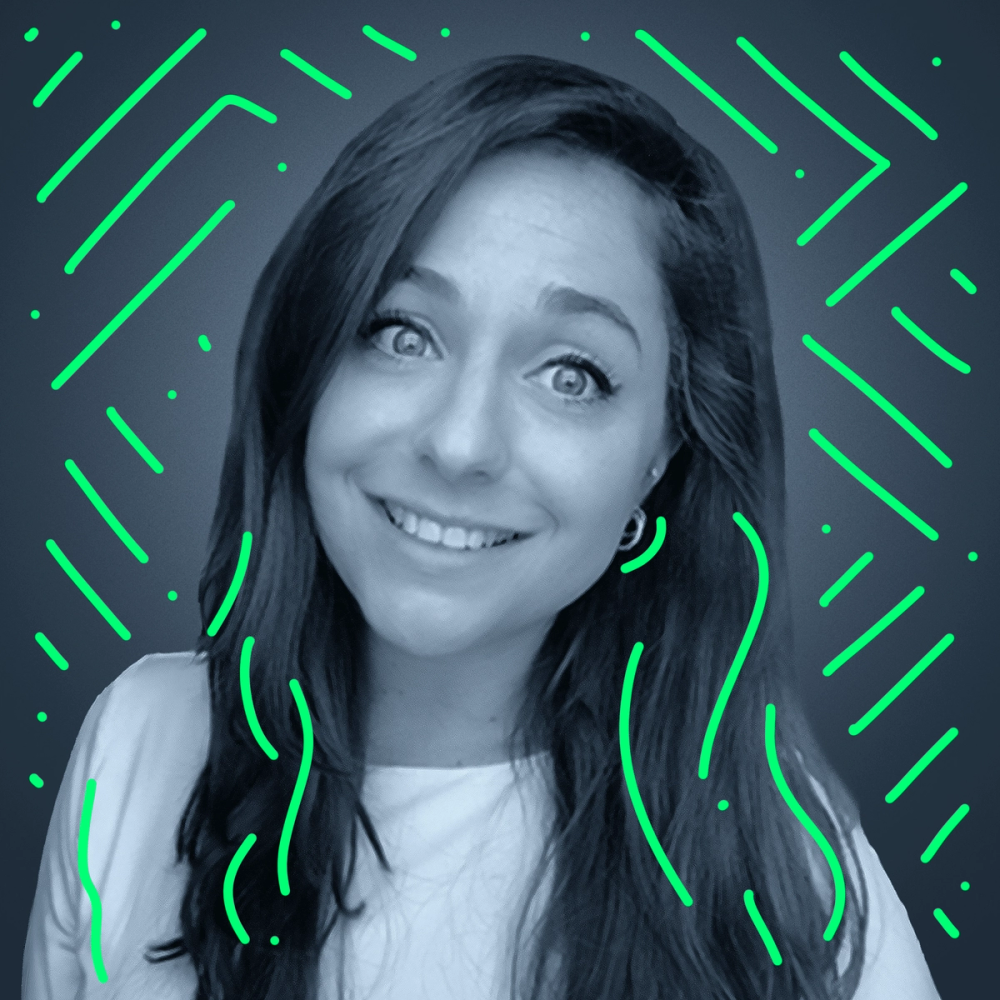
Framing the photos by defining the brand
We started by digging deep into the SmartNews brand. It’s the foundation for every step, from crafting the prompts to post-production work on the AI-generated images.
SmartNews had a photographic style they used for its brand, so we used that to pull out key aspects like the tone, framing and lighting to use a style reference to generate on-brand photorealistic assets.
In the early days of AI, prompt writing for tools like Midjourney and DALL-E was pretty formulaic and limited. Today, you can literally write a paragraph explaining what you want to generate, and the generated assets will be closer to what you need in a finished product.
You can pick the type of camera, film, coloring and film stock. You can even set the time of day that you want the image to reflect. You've got a lot more control, but you still need to have an idea of what you want in the final product.
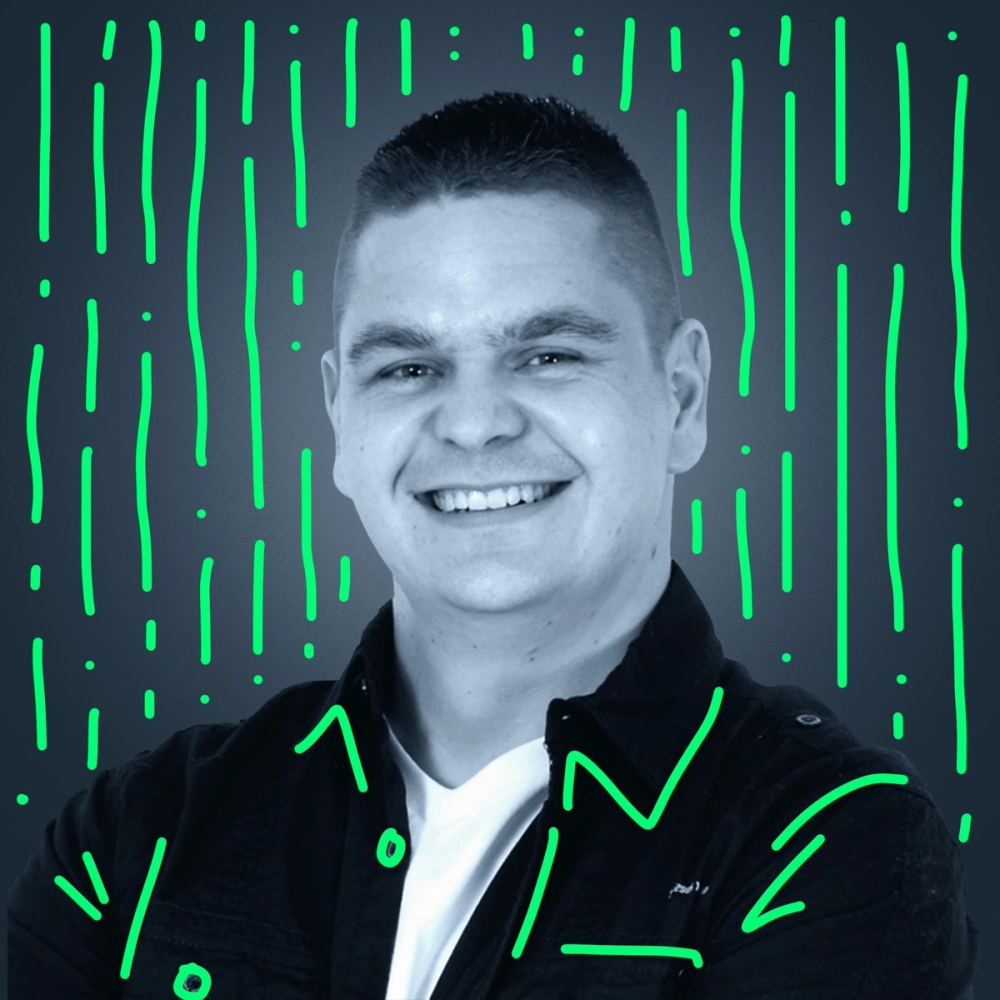
Here’s an example of a prompt we used for the campaign.
A cinematic scene from an NFL football game, big hit, between two teams, close up shot that captures in ultra detail on Fujifilm GFX 100 using a Nikon AF-S NIKKOR 70-200 mm f/2.8E FL ED VR aperture of f/8 --ar 2:1 --s 800 --v5.1
Overcoming AI quirks with a human eye for detail
One of the biggest challenges with generating images with AI is controlling the details. If you’ve scrolled through social over the last year, you’ve probably seen how bad AI can be at simple things like human fingers or text. AI can also ignore some parts of the prompts, like when we told it not to include team logos or league badges.
SmartNews didn’t want any logos or badges in the images. However, the AI tools would randomly generate images with logos and badges. That’s when post-production work comes in.

We solve for this by checking each image for artifacts the customer does not want in the final product, using Adobe Photoshop to make the corrections.
Because of the power of the brands associated with sports, the AI tools would include logos on the clothing. I had to cross-check with actual images, looking at where logos would be and then removing them during post-production.

That’s only the logos and badges. We look at other “weird” artifacts as part of the post-production process. AI-generated photorealistic images can fool you at first look. We made sure to zoom in and check fingers, fingernails, teeth and other details.
You have to really zoom in and make sure that the teeth look somewhat realistic. That’s the trade-off with a standard photo shoot. You don't have to worry about that because it's a real person.

Quick Takes: Creating Photorealistic Images With AI
Is it real, or is it Memorex? With our AI process, that question is harder to answer than ever. We helped SmartNews get the details and lighting essential in stellar sports-themed photography to use in its campaign. In just four hours, we presented over 150 unique image options.
What did we learn?
- We’ll fix it in post. Even though AI can generate highly realistic images, post-production work is still needed. Fine-tuning details like hands, eyes, fingernails and teeth is crucial, as AI image-generation tools still struggle with these elements.
- Pick the right tool—or tools. Not all AI tools are equally good at generating photorealistic images. AI design tools like Midjourney, DALL-E and Leonardo excel in creating realistic images, while others may be more suited for illustrations. Most of these tools are built on the Stable Diffusion library, which provides a foundation for generating high-quality photorealistic images.
- Iterate your prompts. Then iterate again. Crafting effective AI prompts has evolved from simple commands to more complex, detailed instructions. Developing a prompt library and teaching the tools your brand by uploading the right references helps streamline the process, ensuring consistent, high-quality results.
- Keep things on brand. Generating images with brand consistency was a challenge at first. By analyzing and referencing existing brand images, AI tools are getting much better at accurately applying styles and tones, making it easier to generate on-brand images.
- You can’t set it and forget it. Every AI-generated image needs a human to review it. That’s the only way to ensure that the image quality and brand consistency.
One of the best things about working with AI is that we learn something new every day. It’s an iterative process that lets us push our creative boundaries while delivering the assets our customers need to connect with and inspire their audiences.
We’re constantly blown away by the realism we can achieve with AI. Ready to push your creative limits? Book a call with our team today!
Ex-copywriter turned content strategist with two decades of creative chaos under her belt. She's helped scale content, brands and frozen pies—yes, really. Now? She empowers creatives to work smarter, not smaller.
Alex is a freelance writer and newsletter aficionado based in Waterloo, Ontario. When he’s not writing for clients, he’s putting together TL;WR, a weekly culture and events newsletter his mom says is excellent. Alex has worked with some of Canada’s largest tech companies in PR, marketing and communication roles. Connect with him on LinkedIn to chat or get ideas on what to do this weekend in Waterloo.
You may also like these
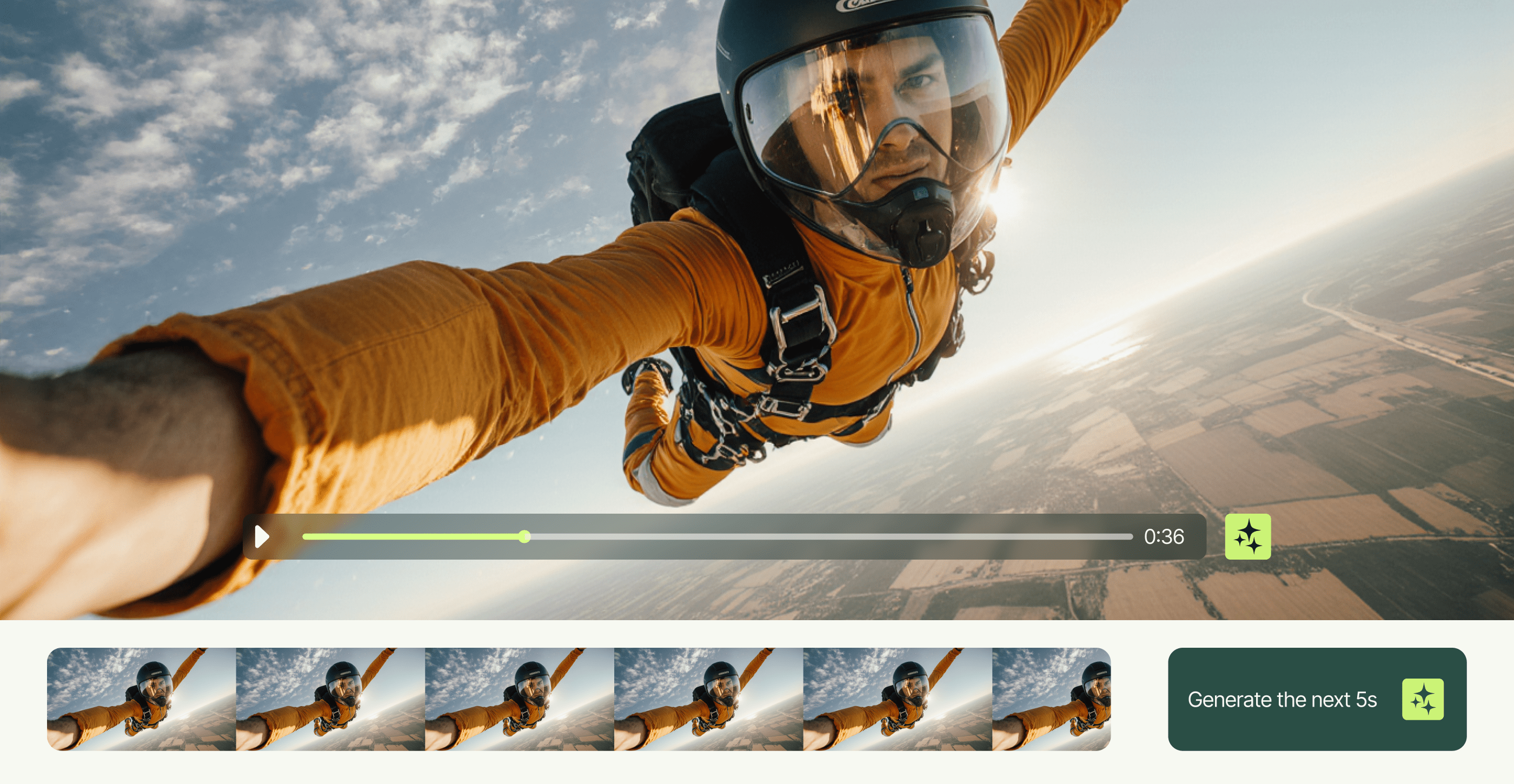
10 best AI video examples for inspiration in 2025
Video marketing continues to prove its impact. Viewers retain 95% of a message when they watch it on video, compared to 10% when they read it in text. And 89% of consumers love the format so much that they want even more branded video content.This demand has driven brands to explore innovative tools and production approaches over the last few years. AI has played a central role. In 2025, 41% of businesses used AI for video production, while another 19% planned to experiment with the tech in the near future.But the unprecedented demand for video means these tools alone aren’t always enough. In the enterprise environment, those who make a lasting impression deliver scale, consistency and fresh creativity. Many creative teams struggle to keep up without a strategic approach that combines AI excellence, top talent, streamlined processes and smart project management solutions.This article highlights exceptional AI-powered video examples crafted by Superside’s creative team, alongside standout work from other brands. We showcase work that tells powerful brand stories and unpack why each example matters for marketers who want to produce videos that win customers.
9 AI marketing campaigns pushing creative boundaries in 2025
AI is no longer just a novelty or a behind-the-scenes efficiency tool. The tech has matured to the extent that it’s shaking up marketing’s creative and strategic core.The world’s top brands don’t just use AI to automate tasks or deliver efficiencies. They use AI technology as a creative co-pilot that speeds up ideation, experimentation, personalization and more.In this article for enterprise marketing leaders, heads of creative, brand strategists and innovation leads, we explore nine AI-powered campaigns that demonstrate how the technology contributes to real-world marketing success. We start with two Superside examples, and then unpack seven more AI campaign case studies.Stick with us as we explore why today’s marketing teams should embrace AI, how to determine whether an AI tool belongs in your marketing stack, and why Superside should be your go-to creative partner.Why you should use AI in your marketing campaigns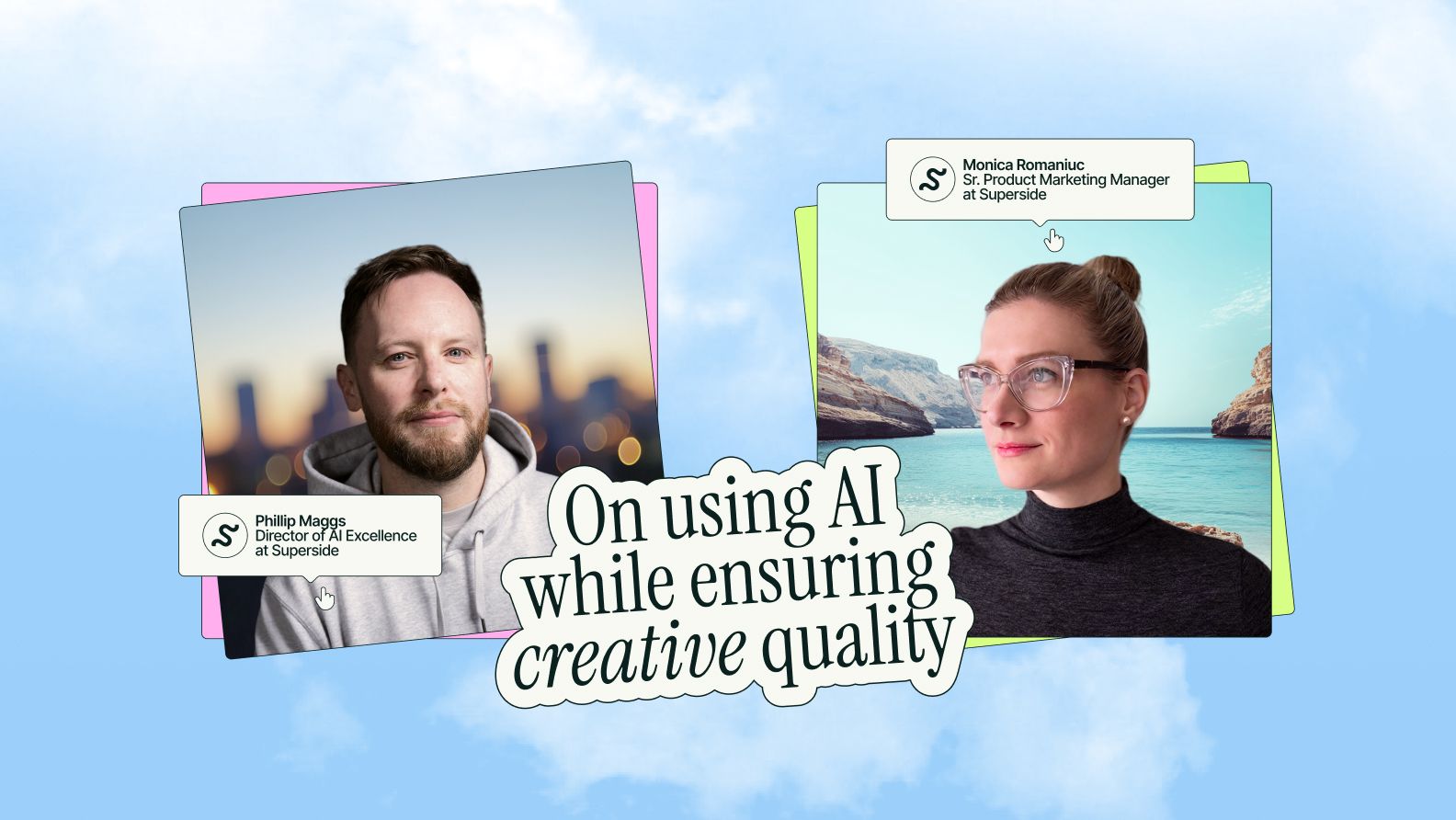
AI meets expertise: Inside Superside’s formula for quality creative
Will it look too “AI-y?” Will it sound too “AI-y?”When it comes to AI, many creatives and marketers share a common concern: Will it compromise the quality of their work?In our latest guide, Inside Great Creative Partnerships, Superside’s Phillip Maggs, Director of AI Excellence, and Monica Romaniuc, Senior Product Marketing Manager, confirmed this fear is unfounded—provided you’re doing it right. From quick tips to caveats, they shared:Where AI can provide value across creative and marketing workflowsWhy legacy stacks are a caveat (but not a lost cause)